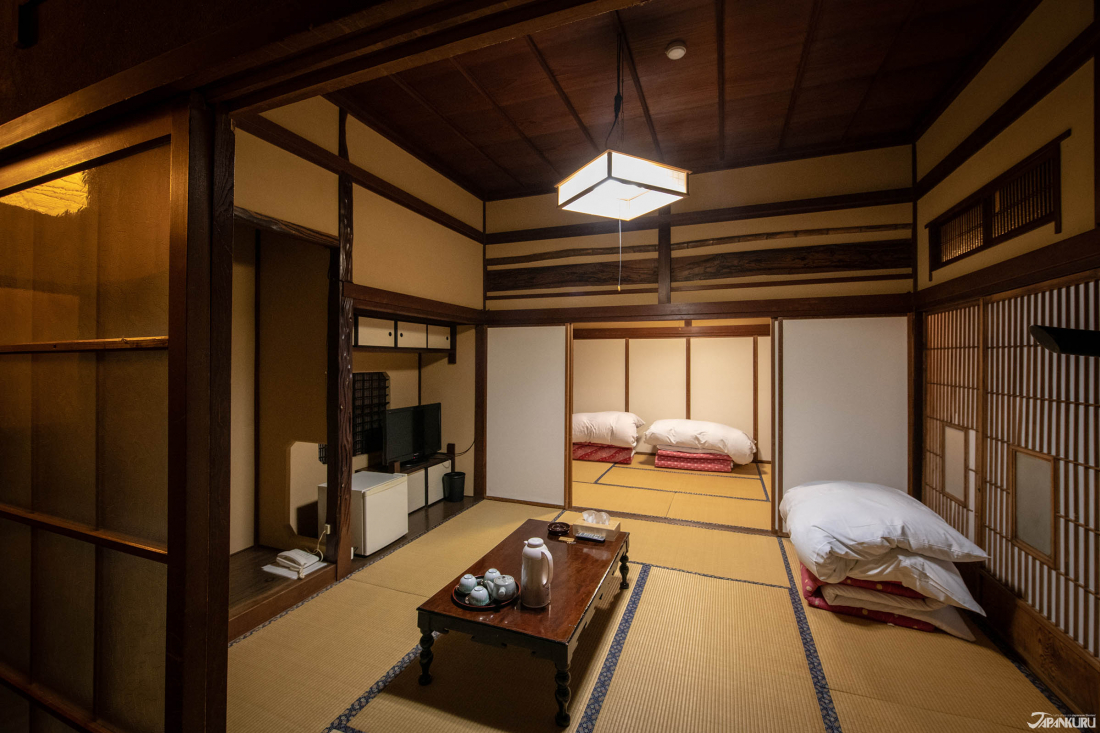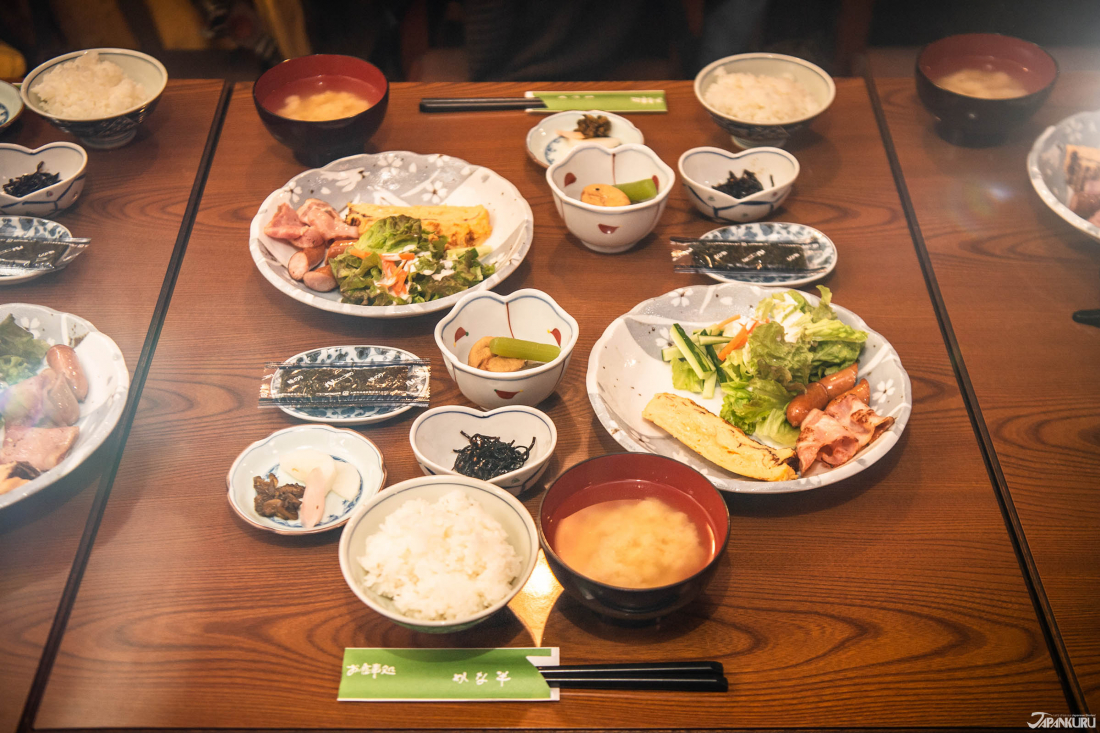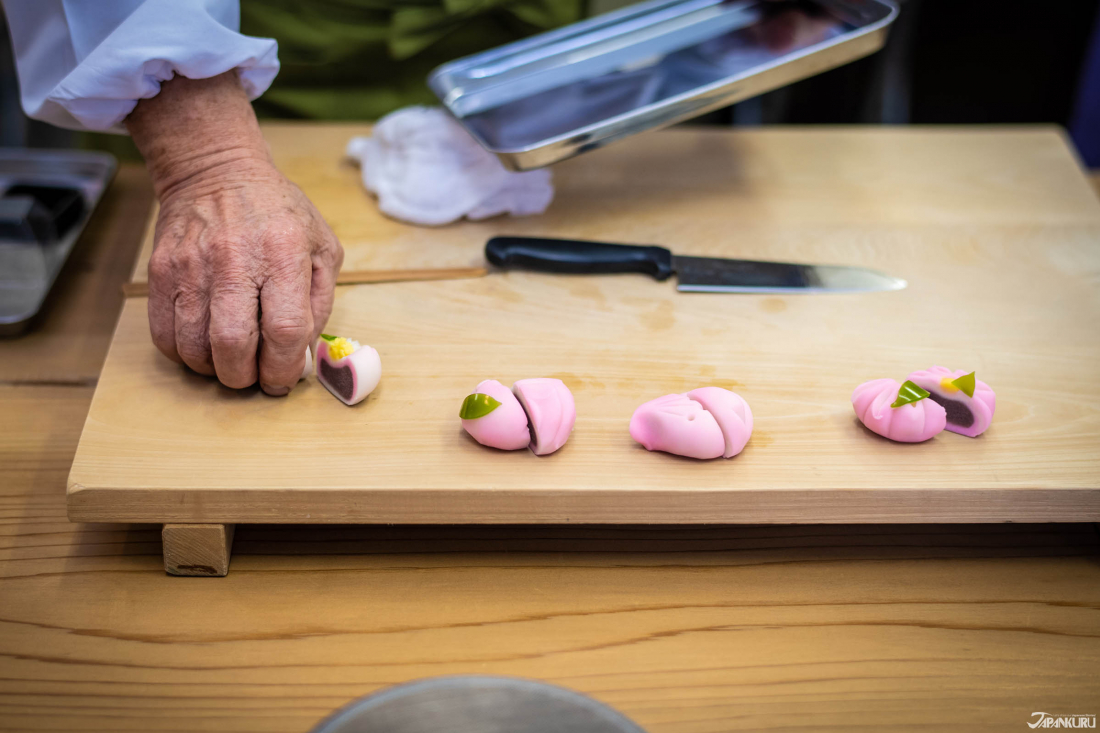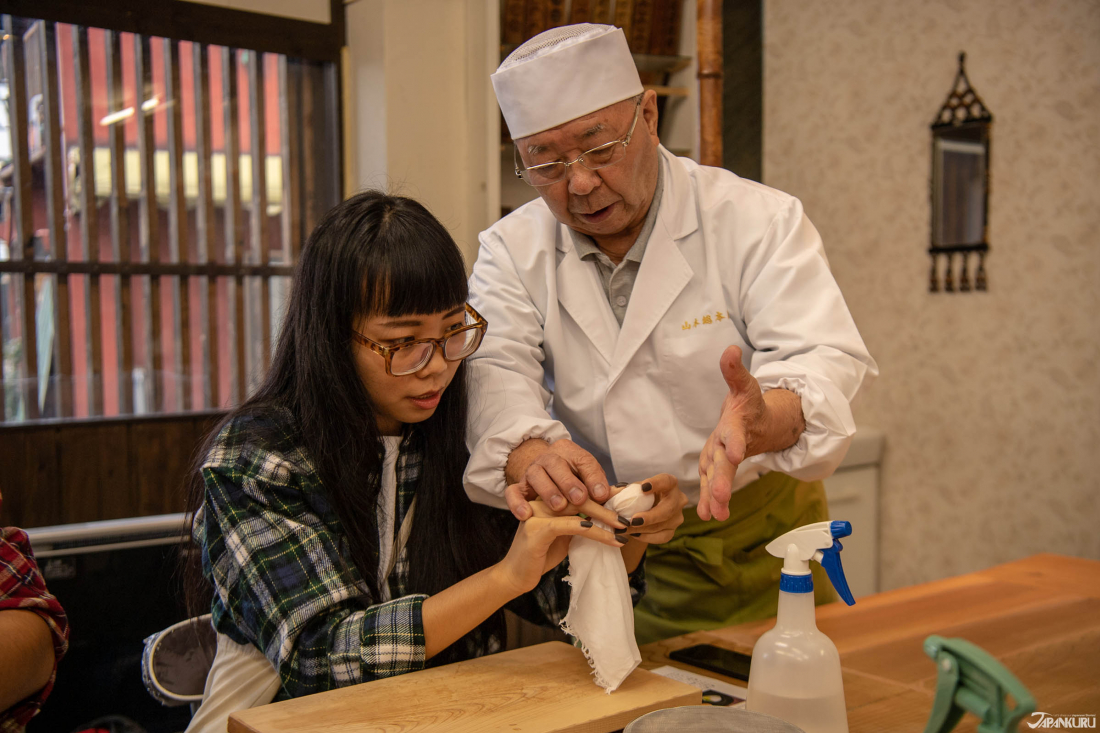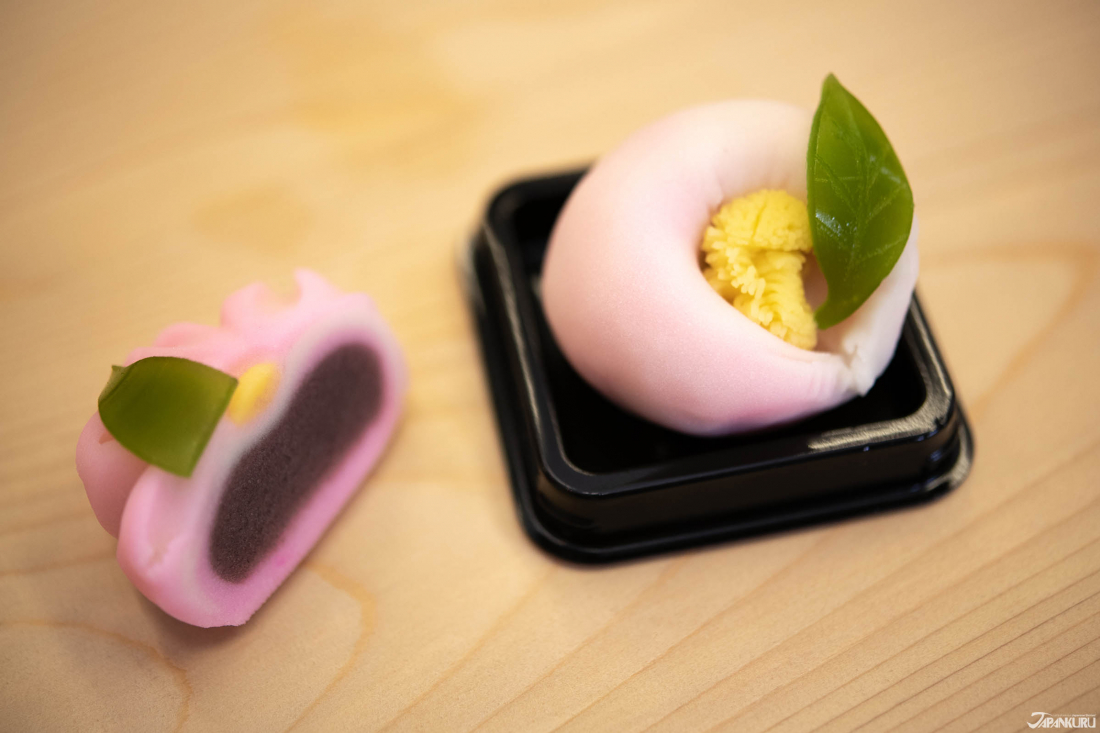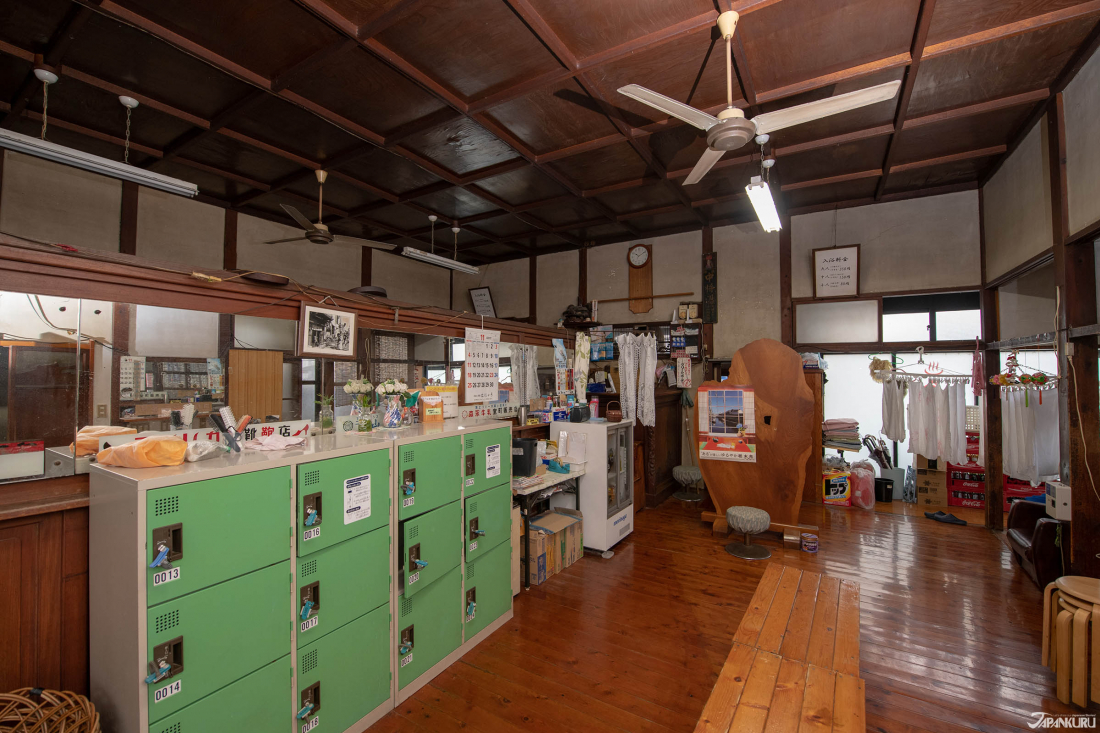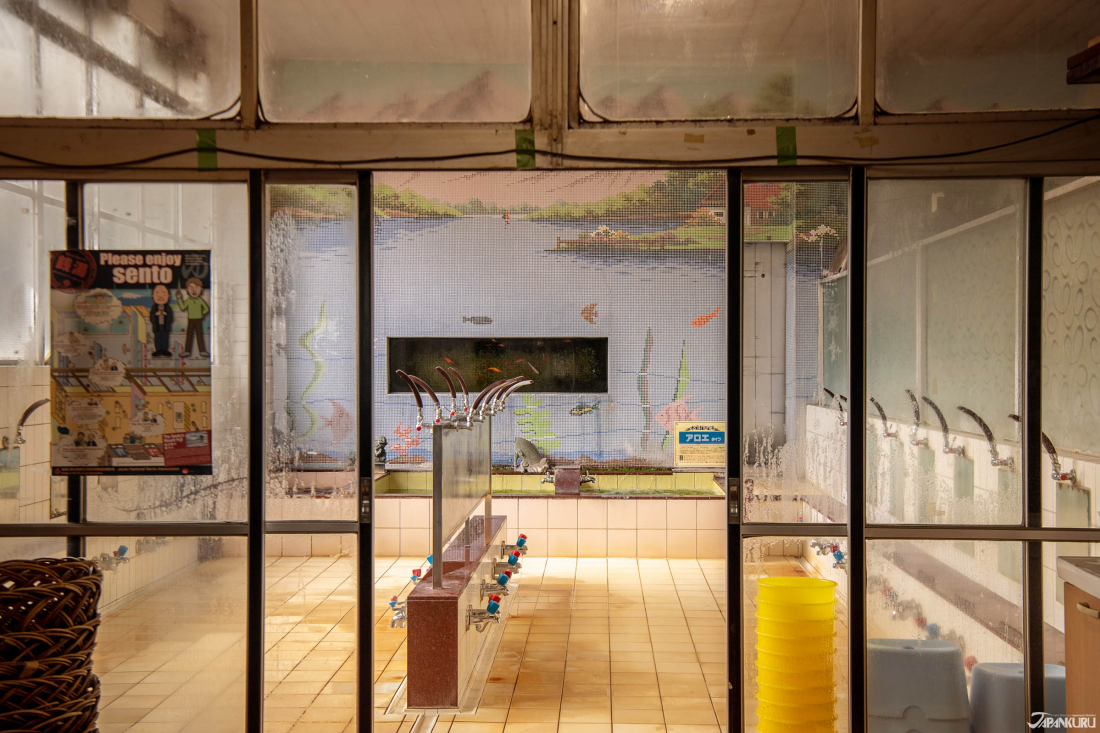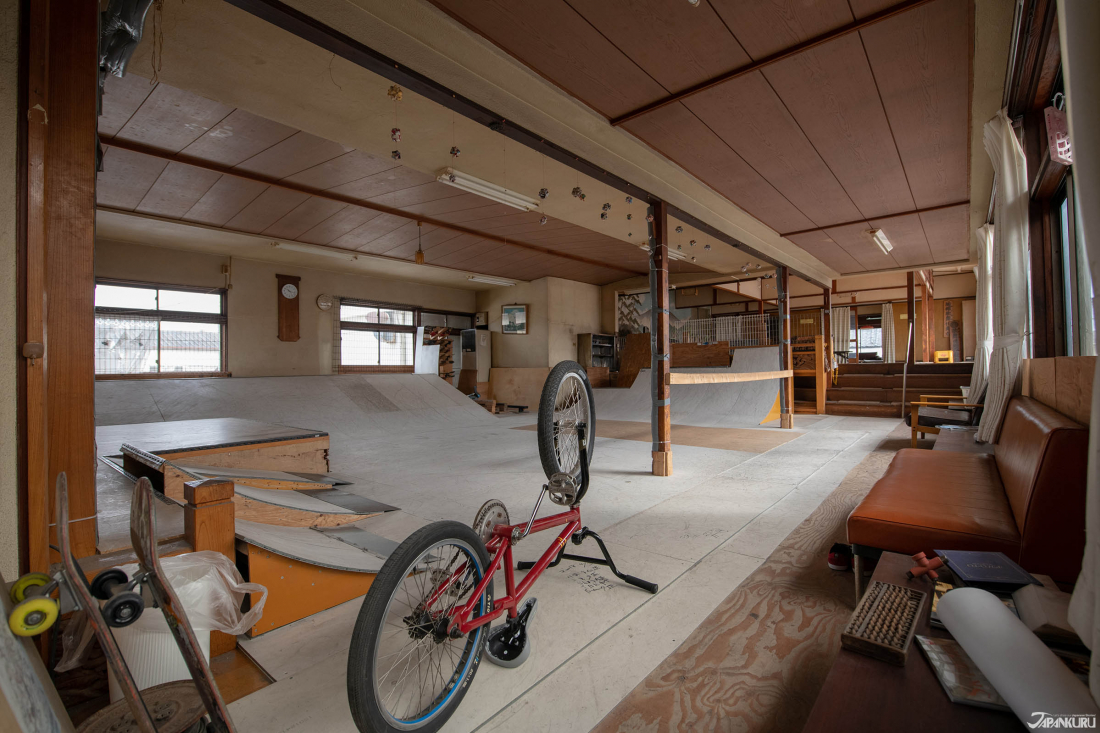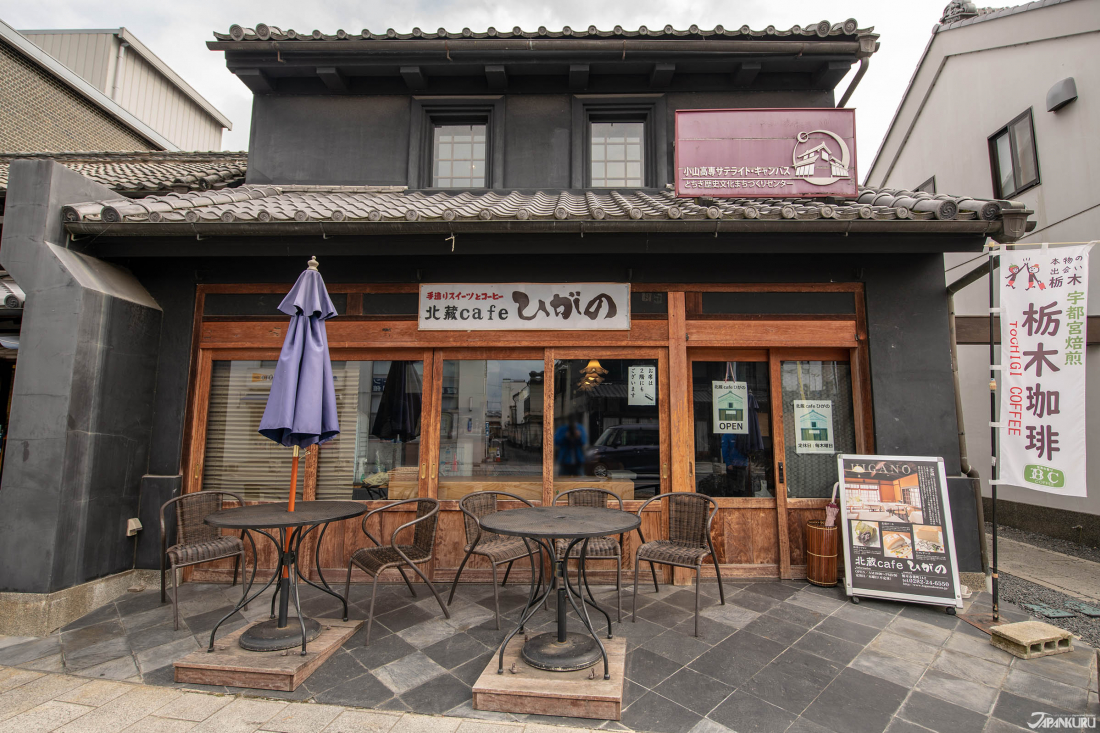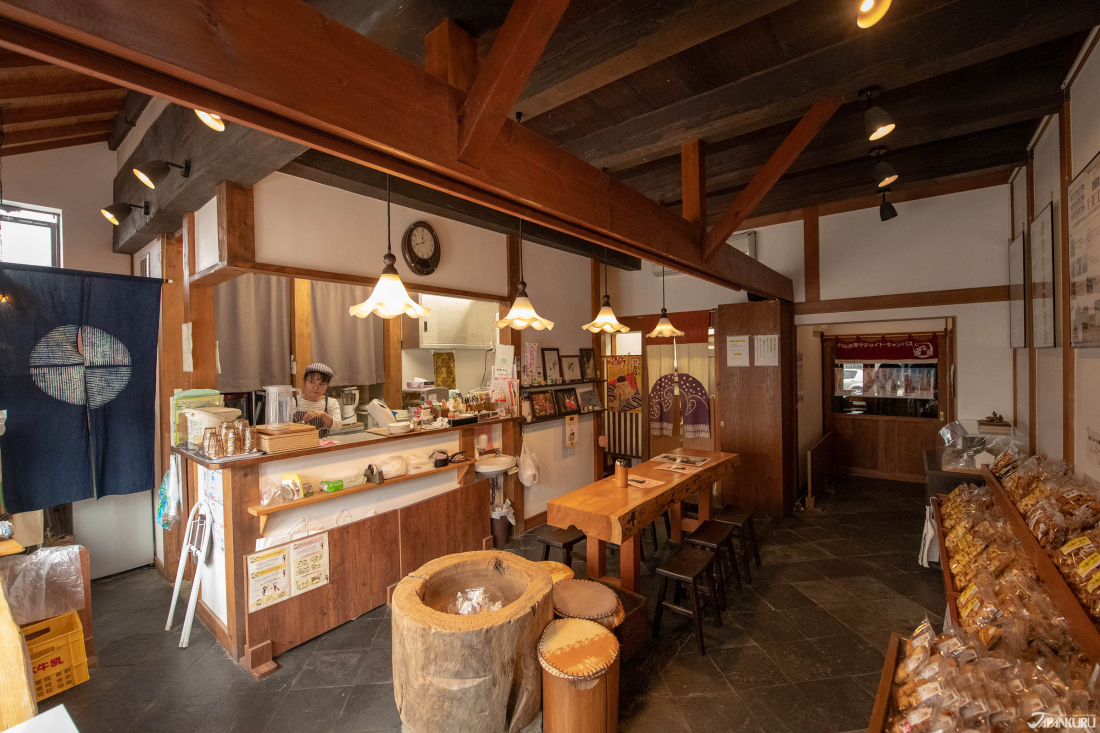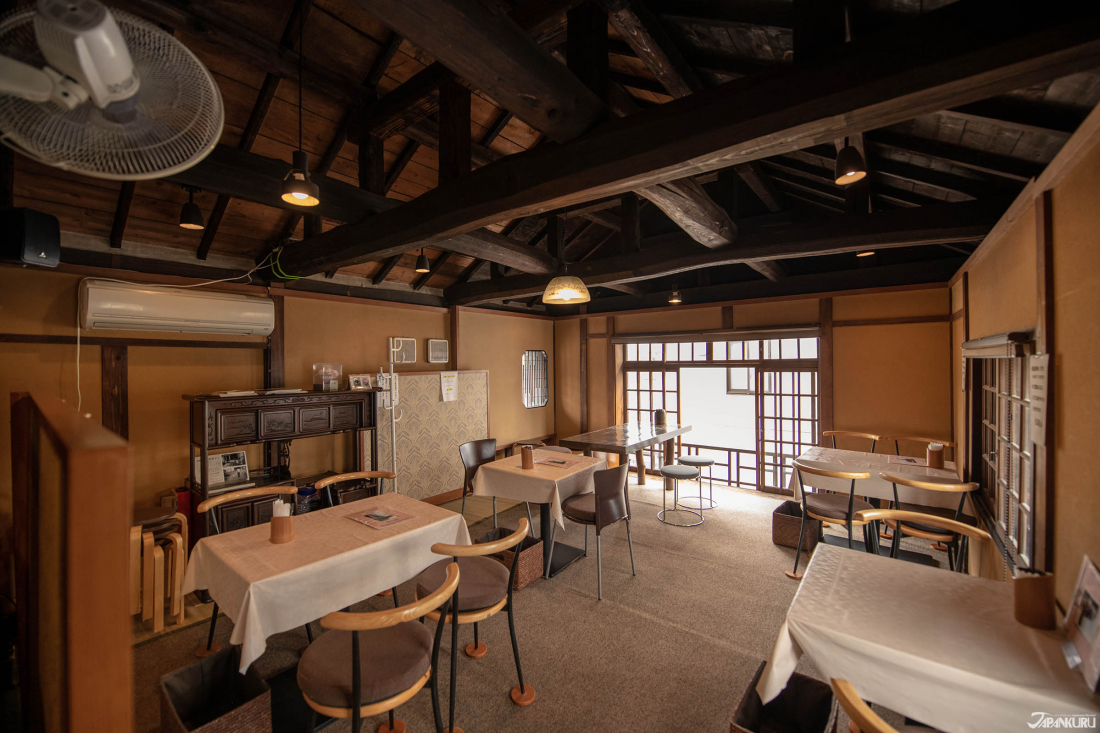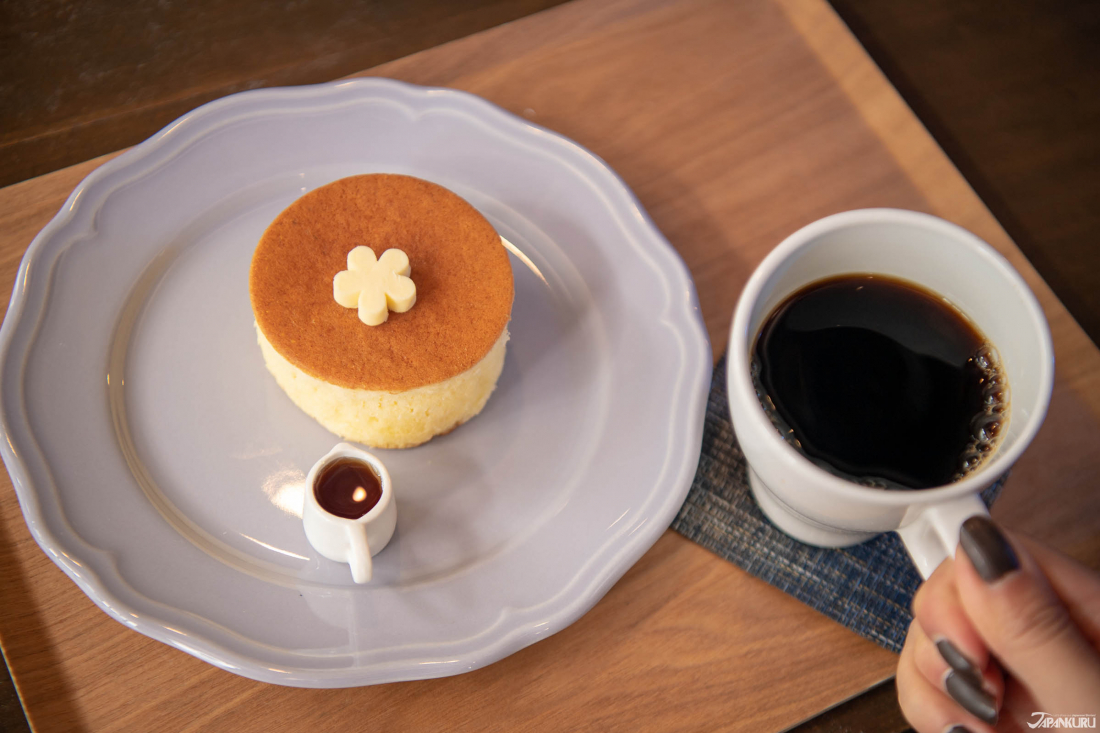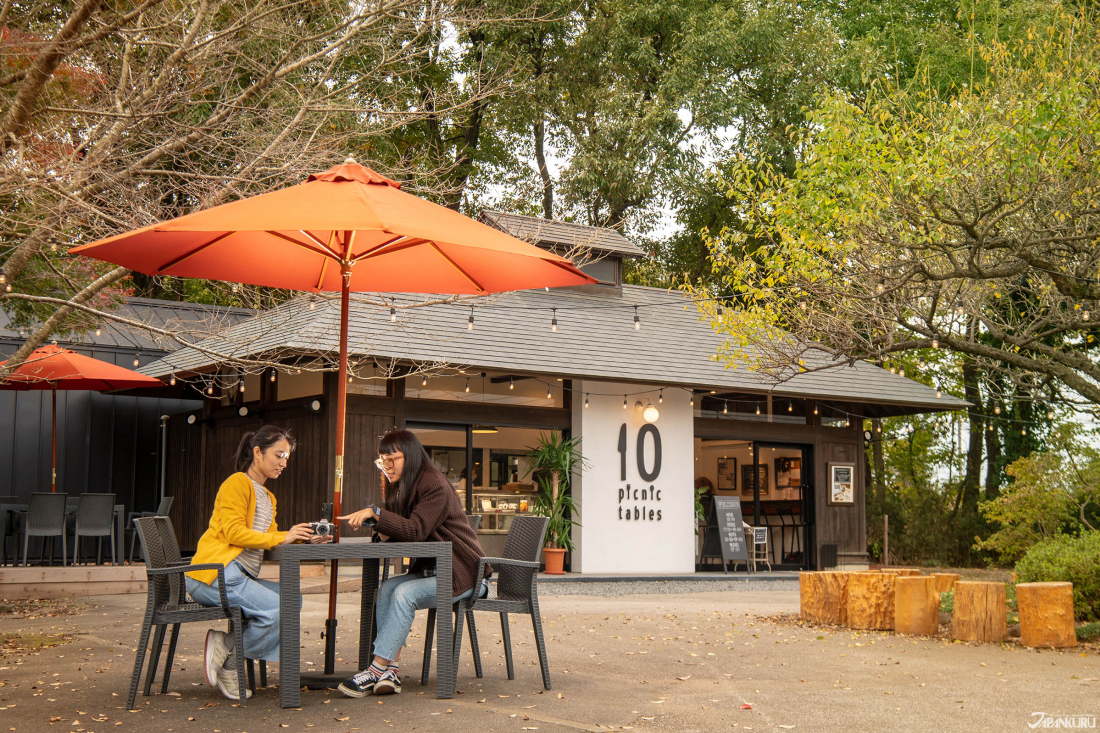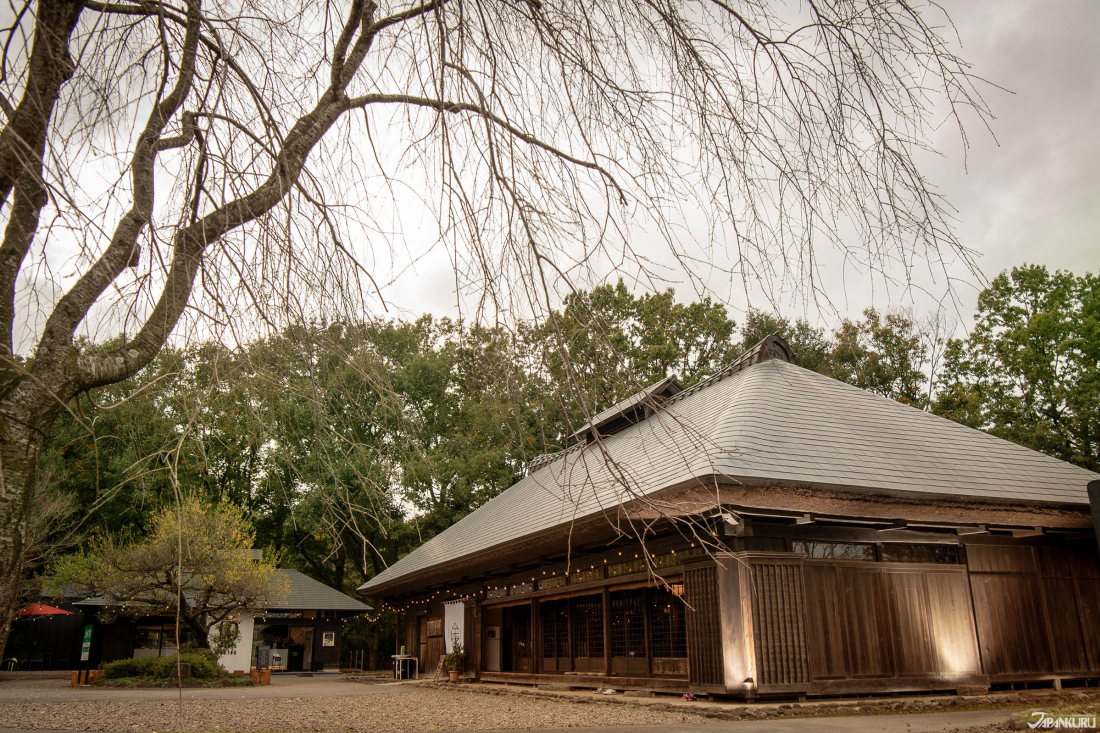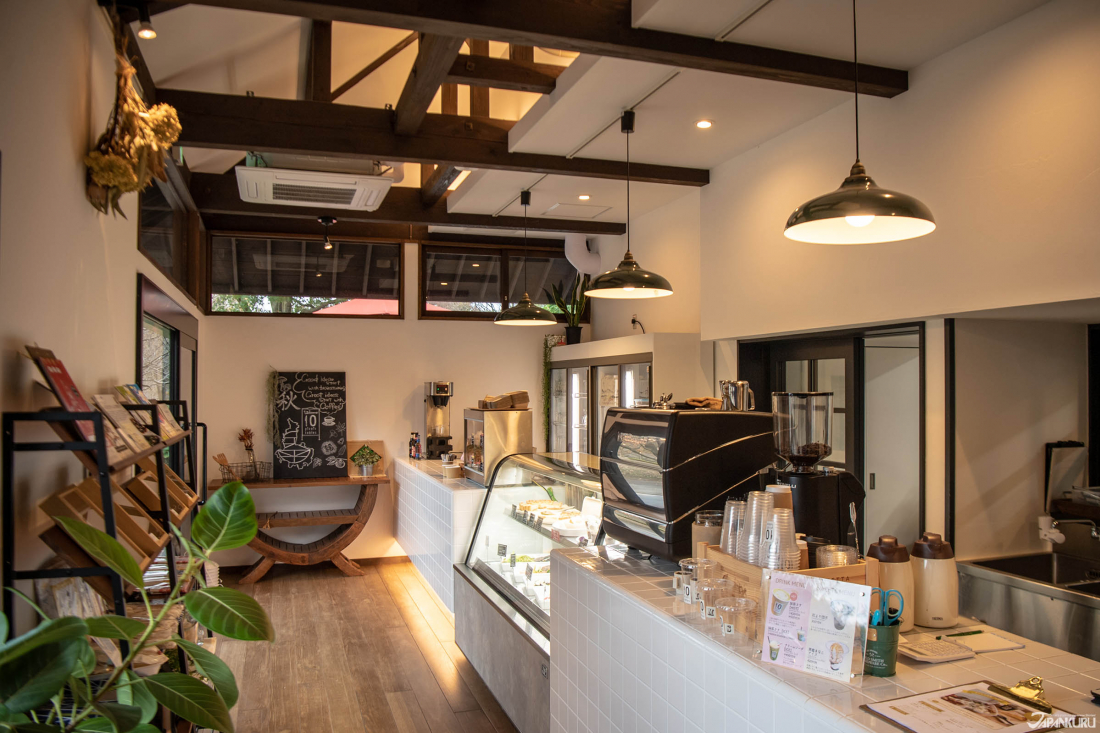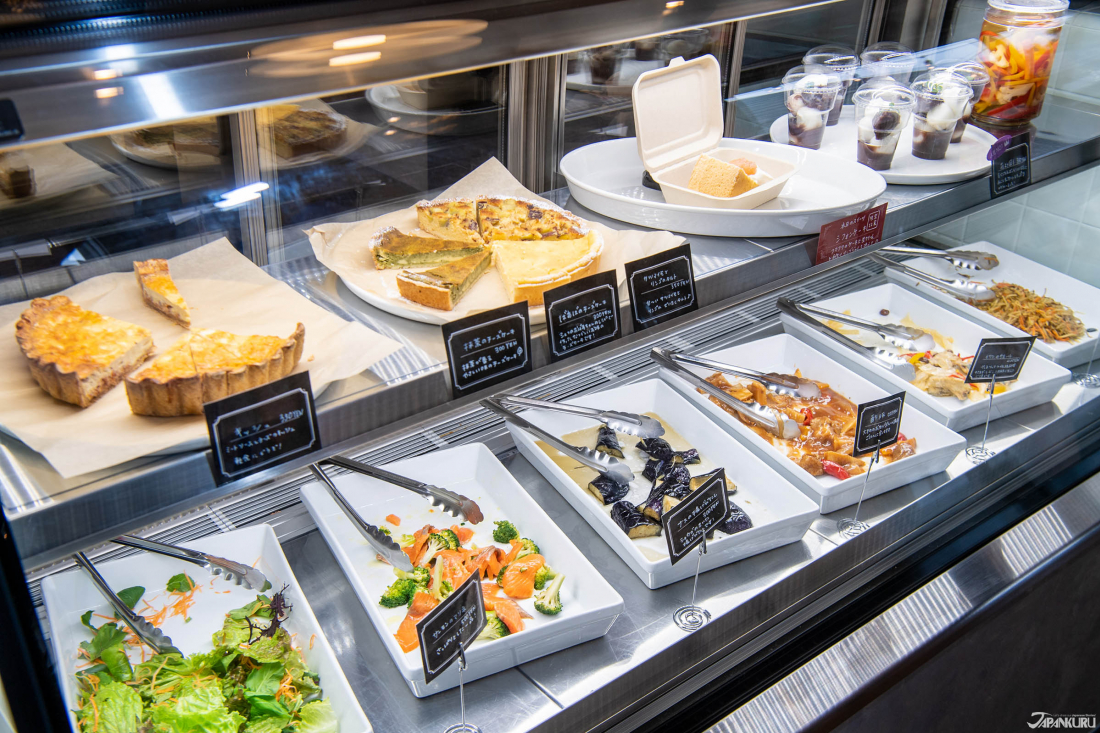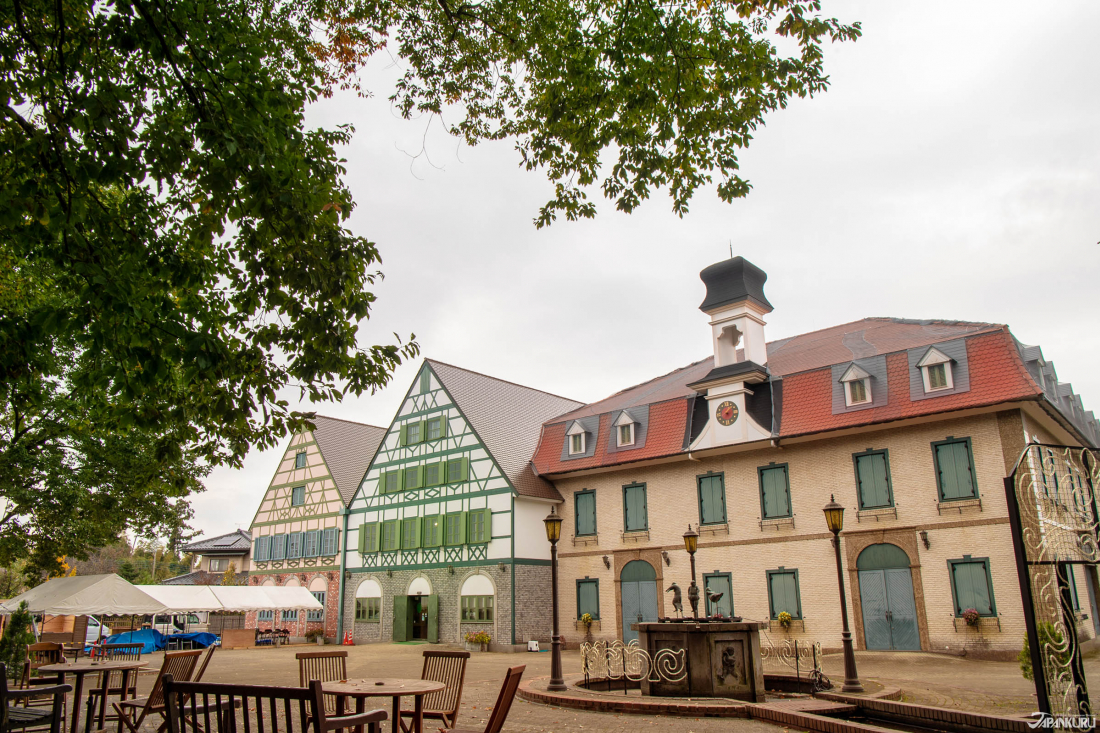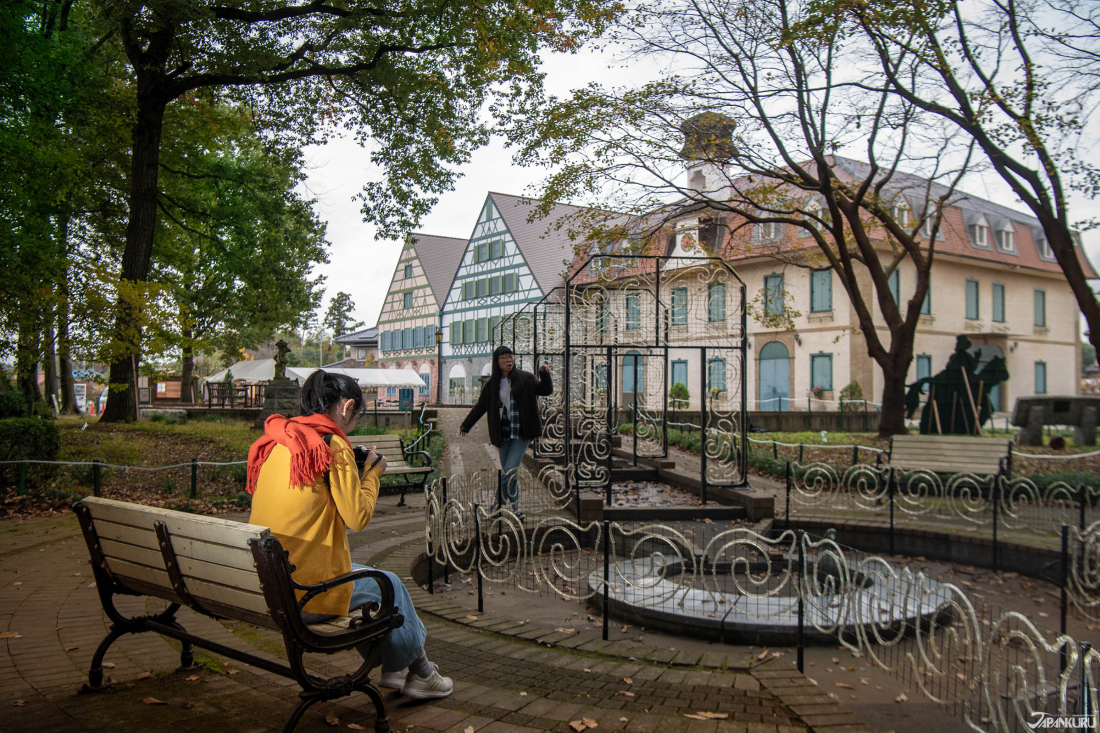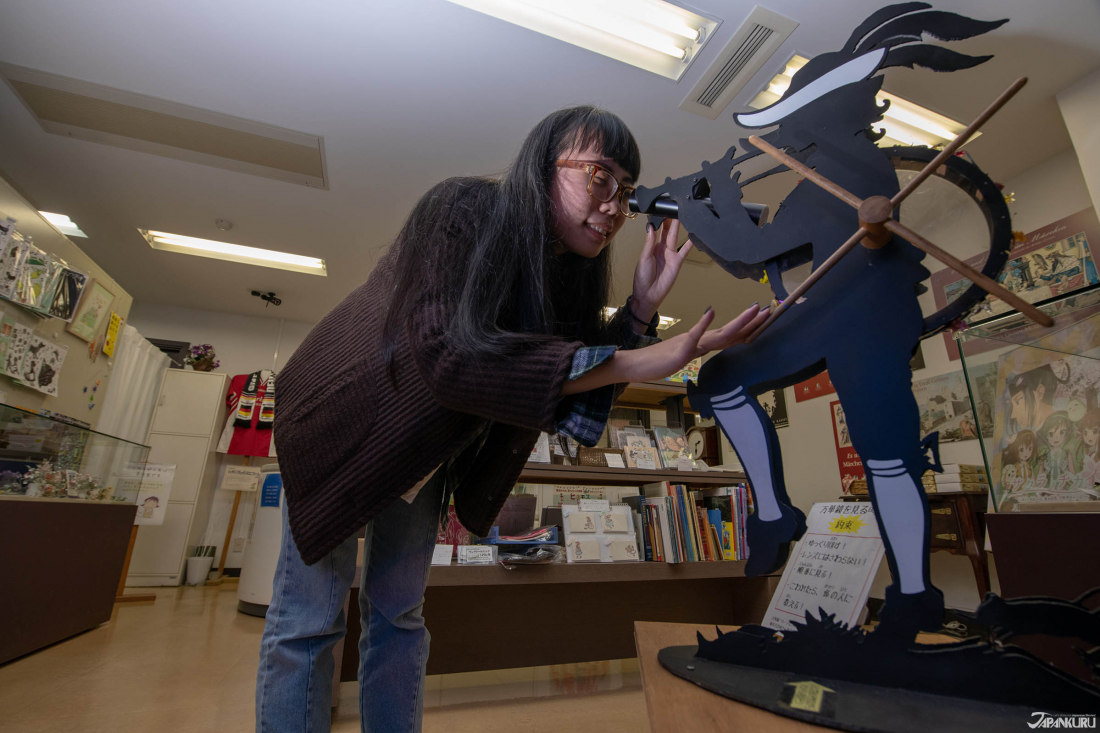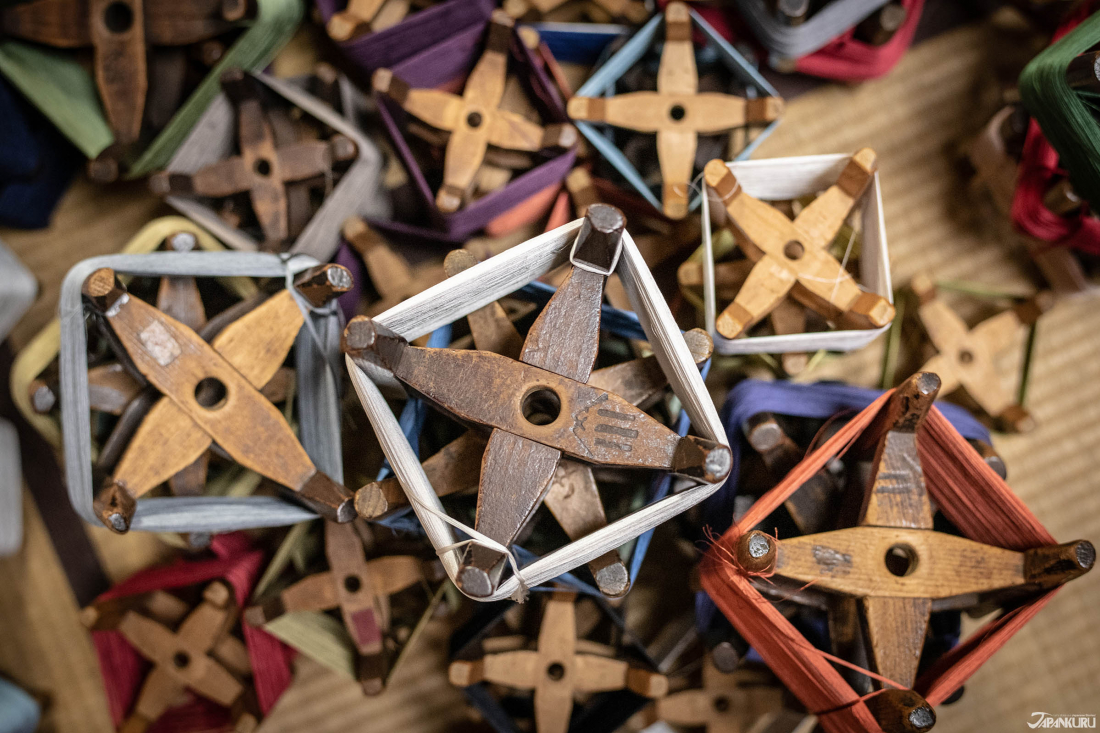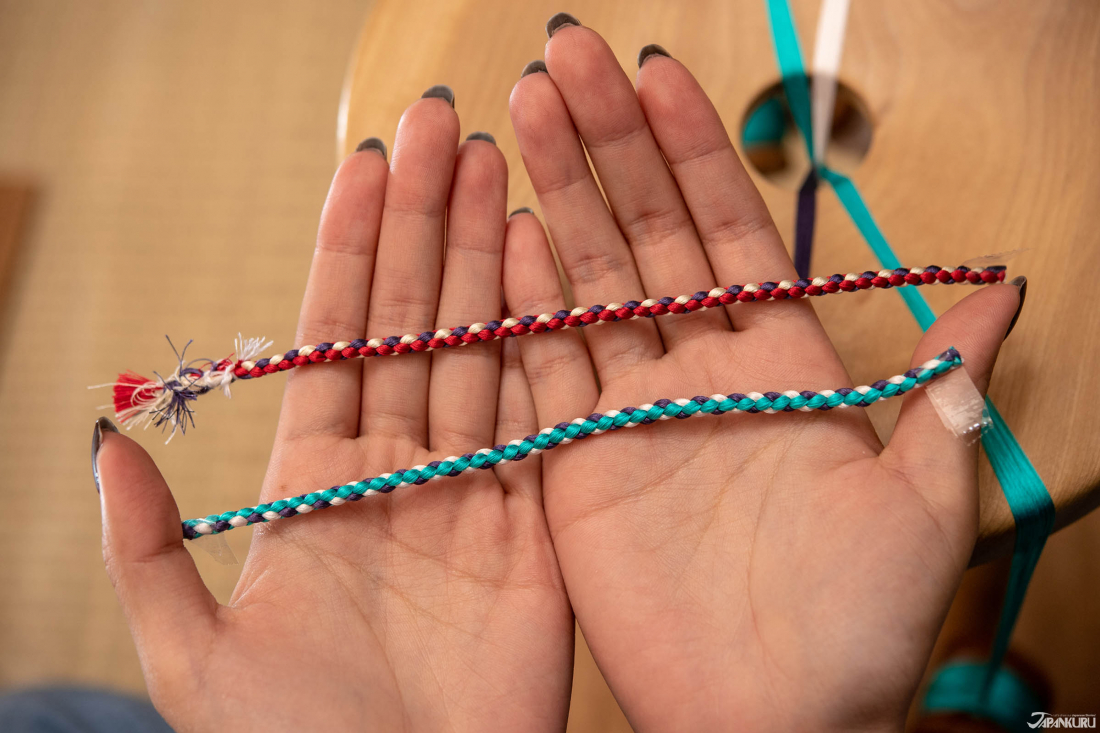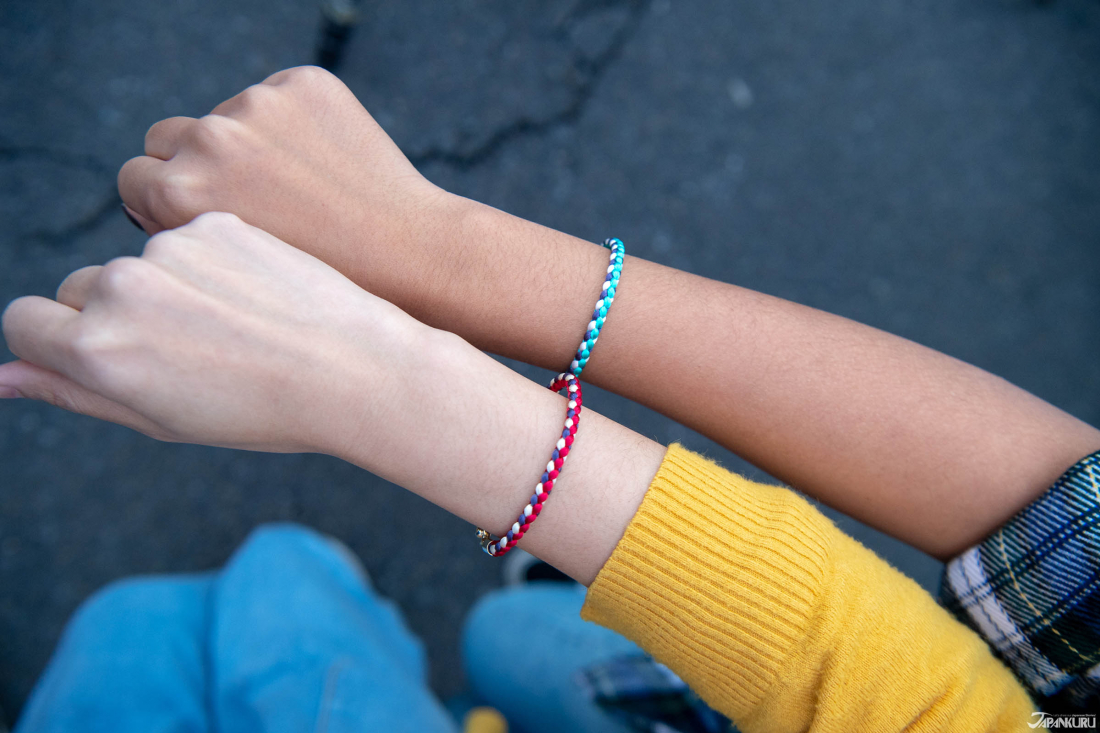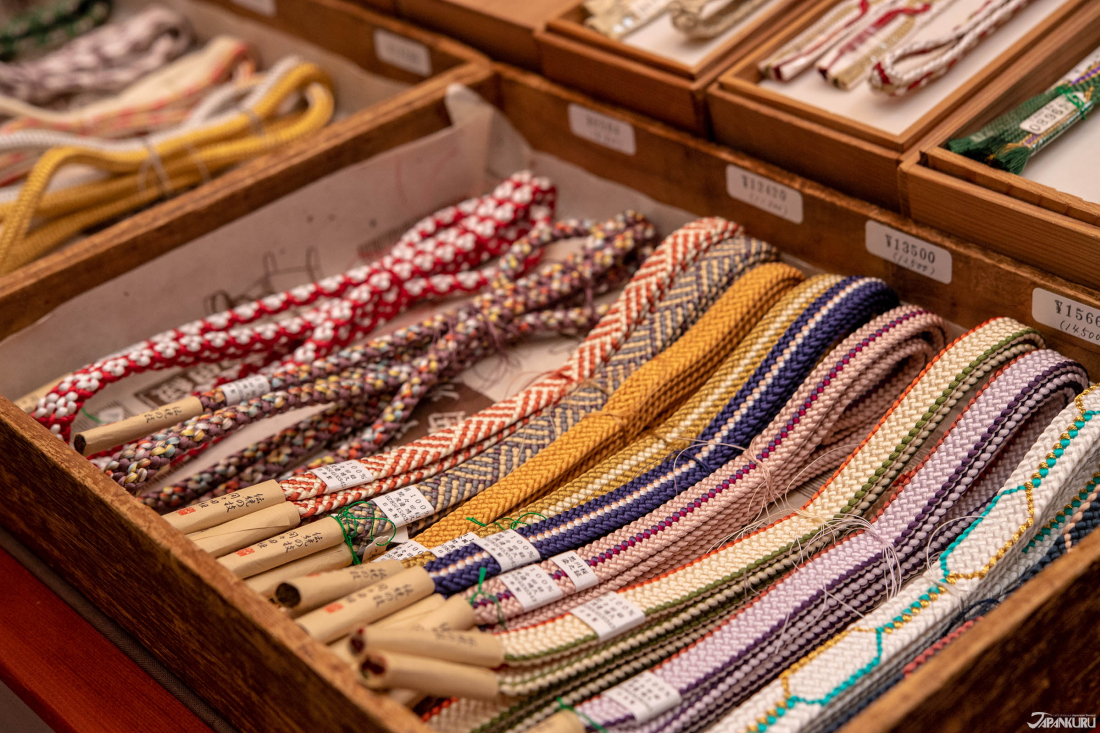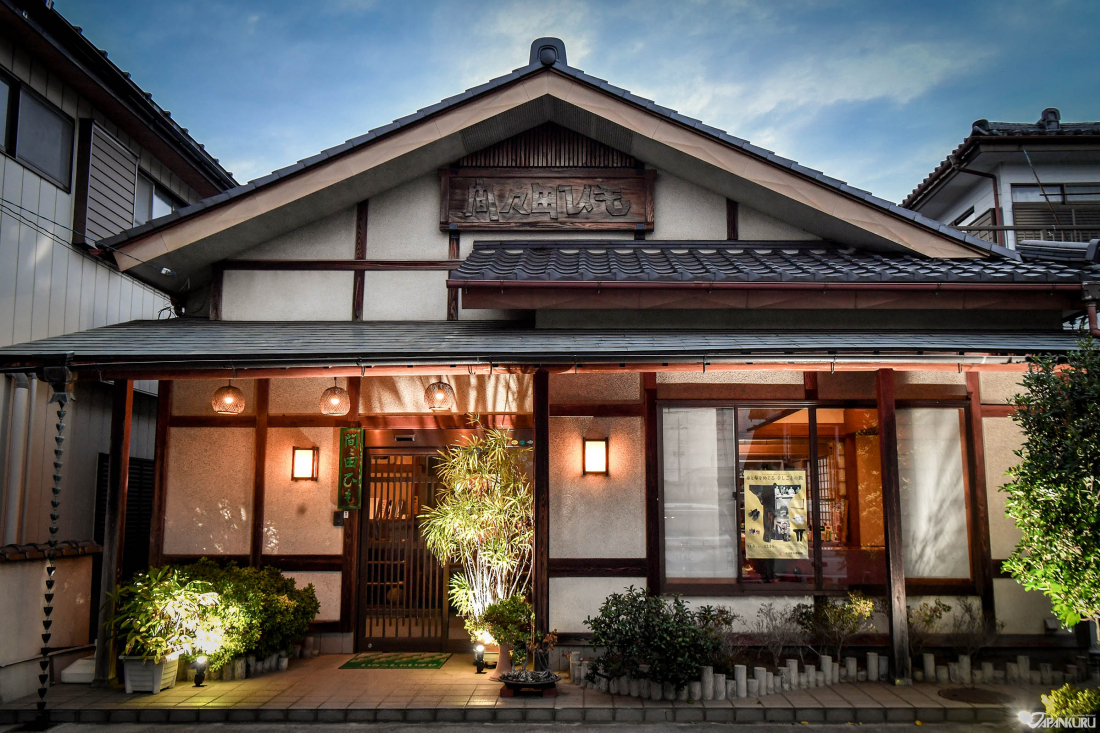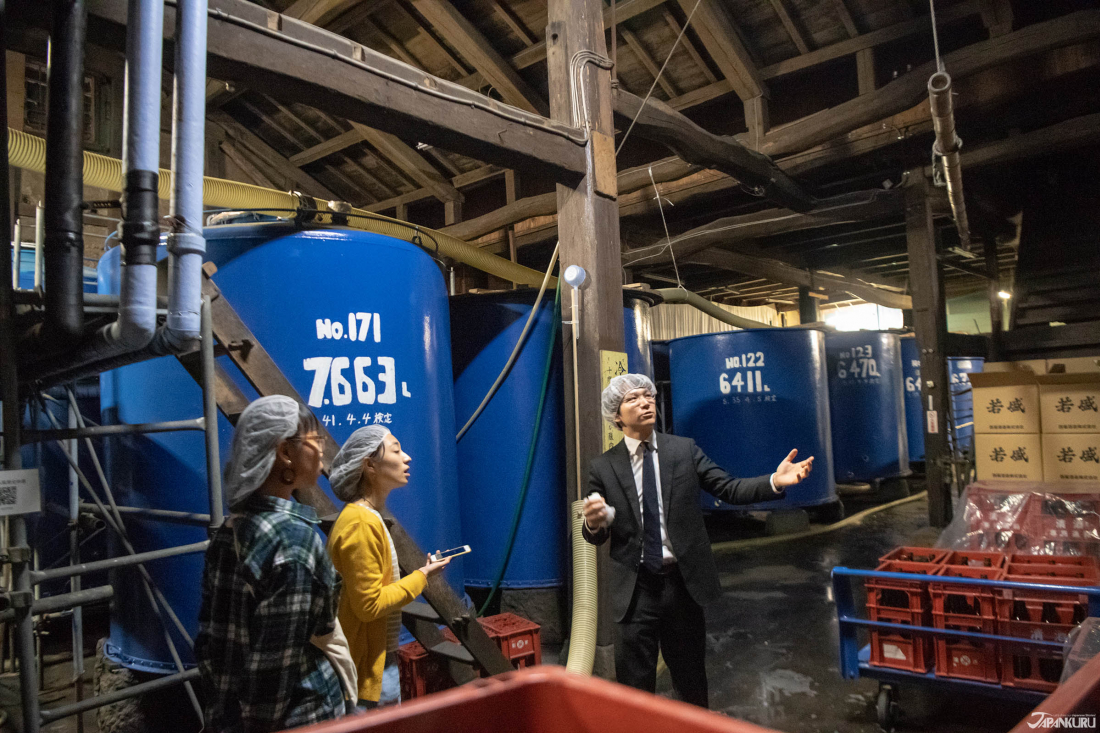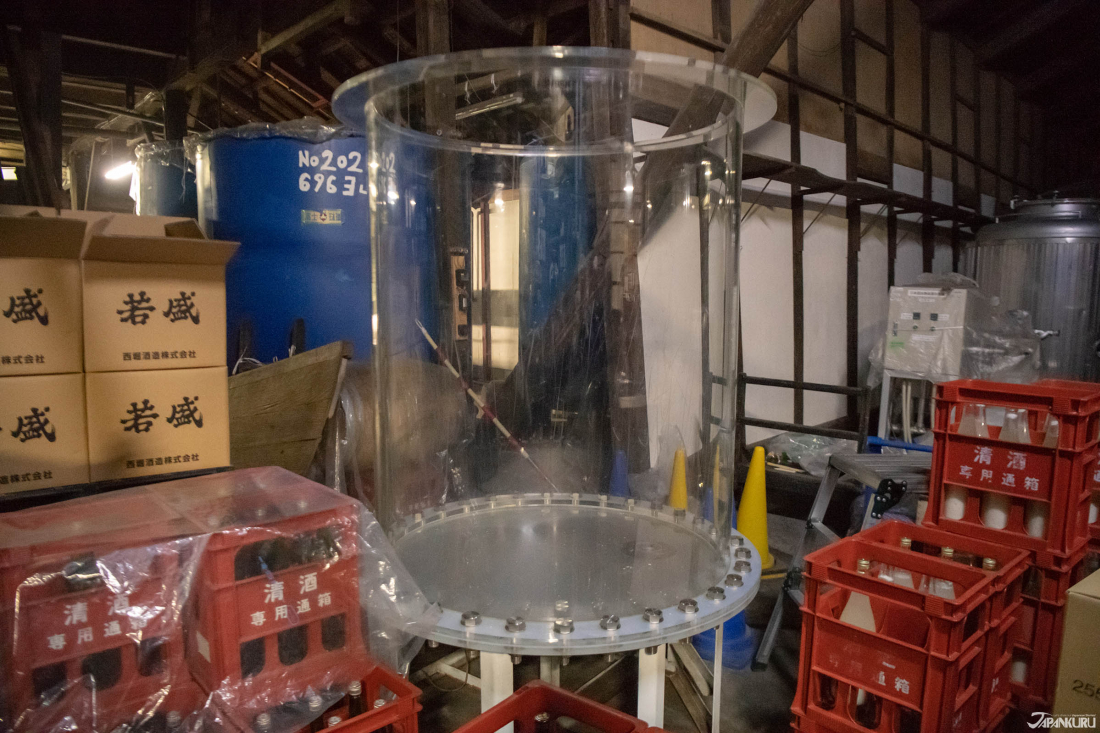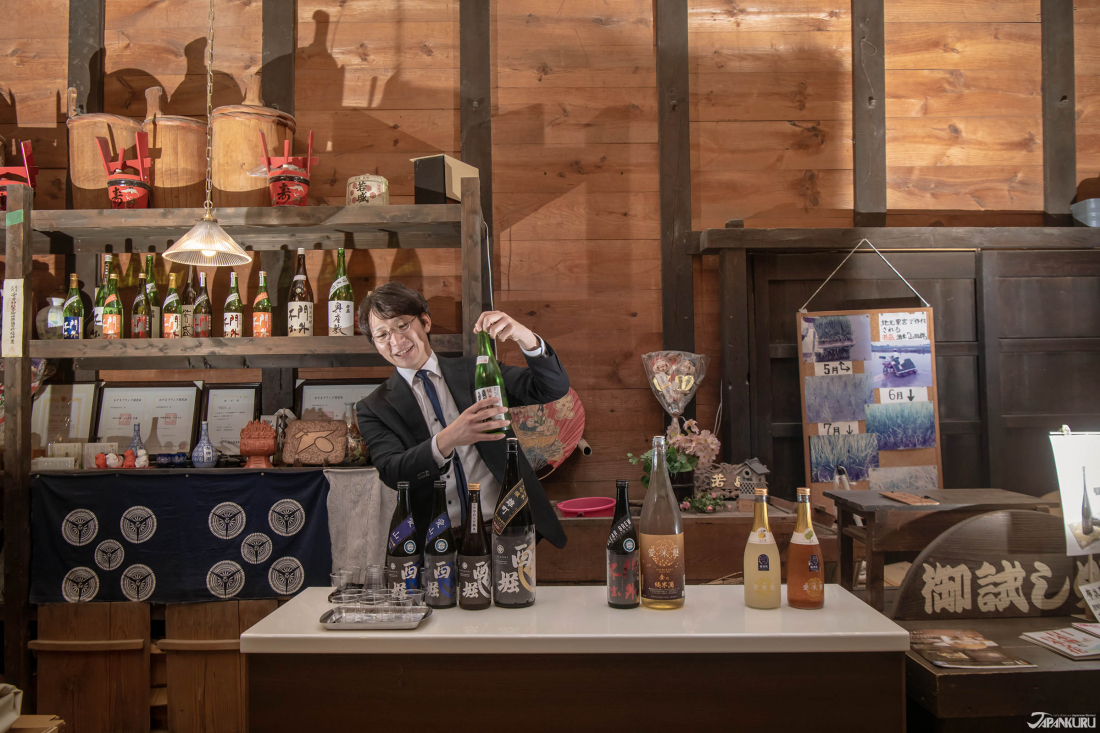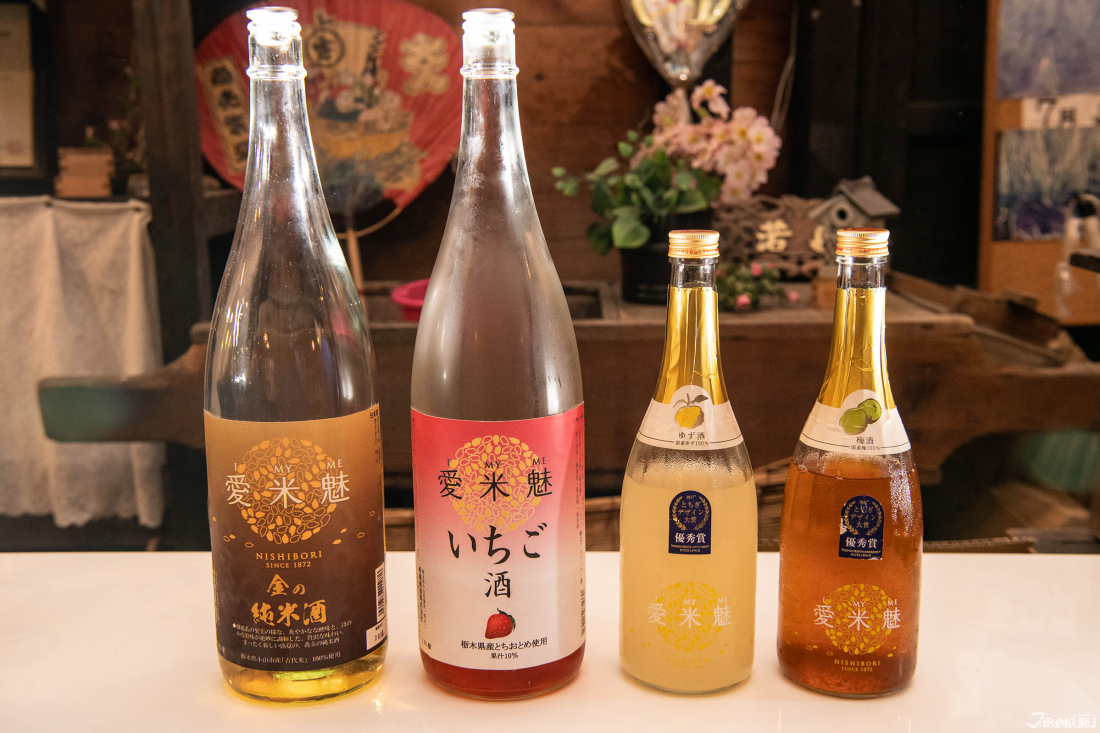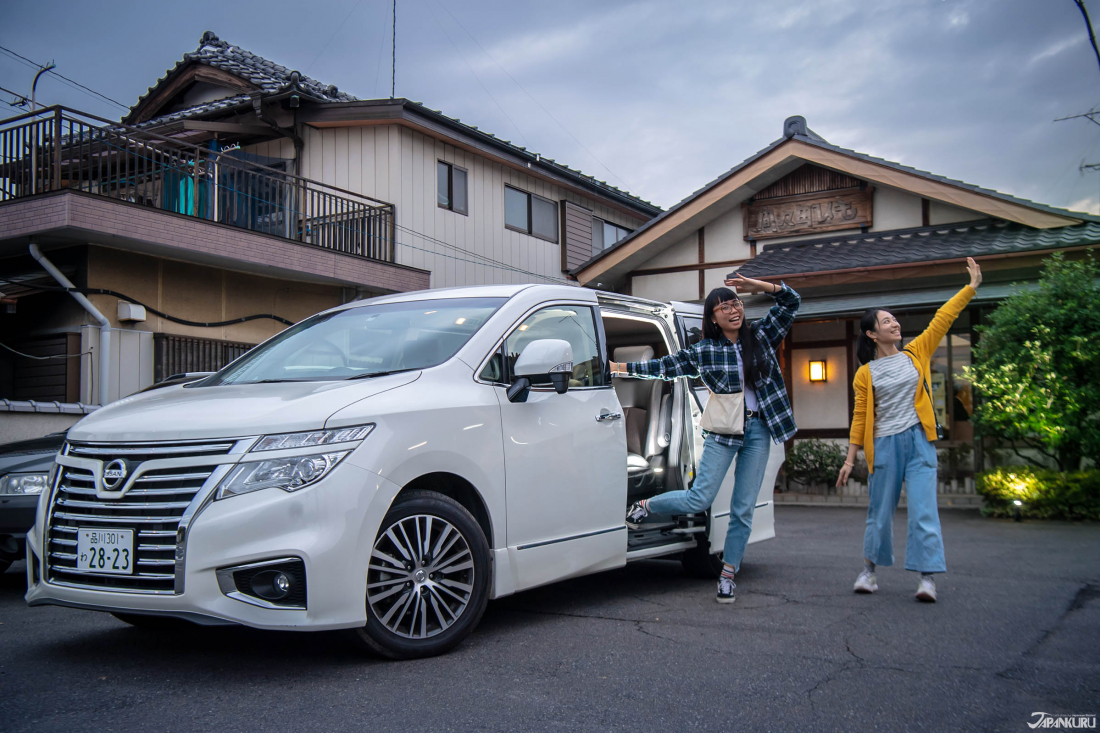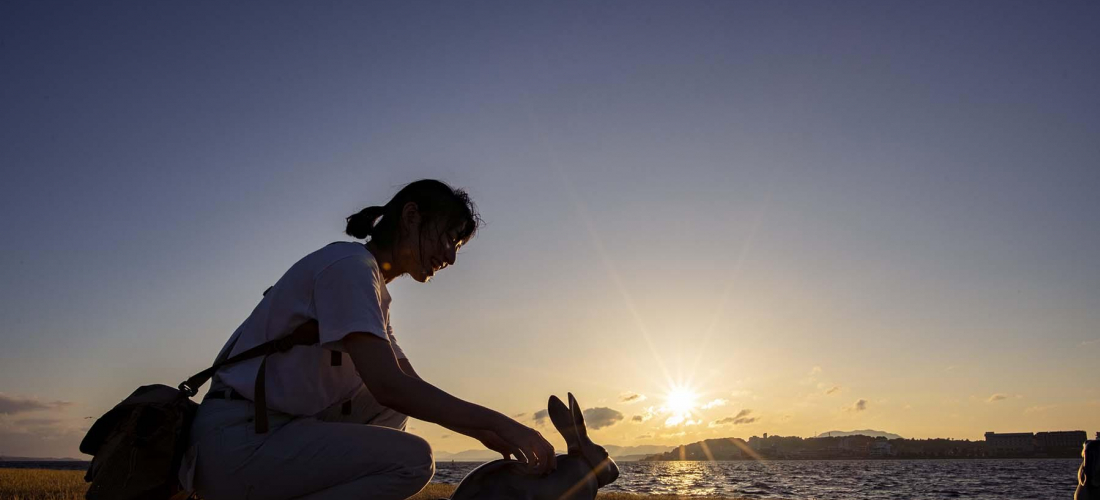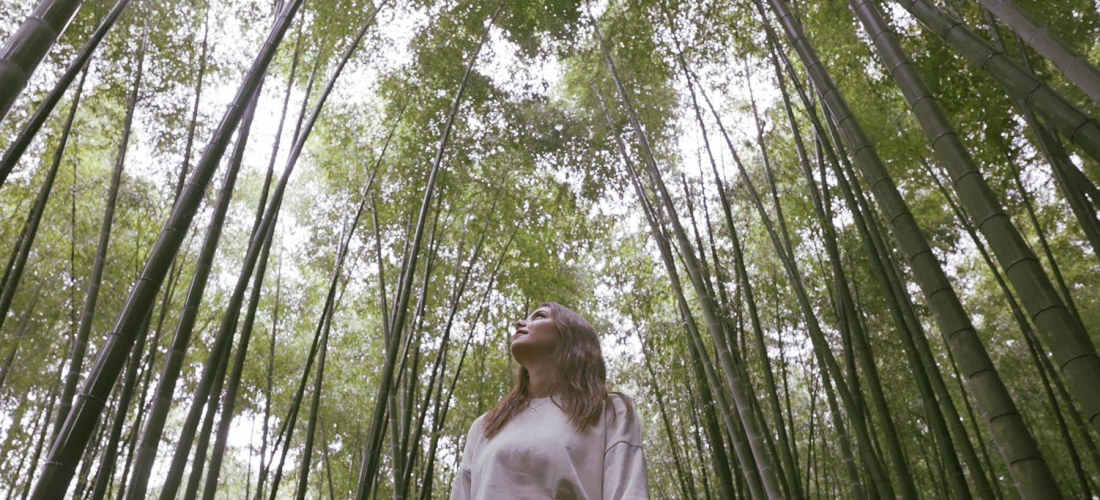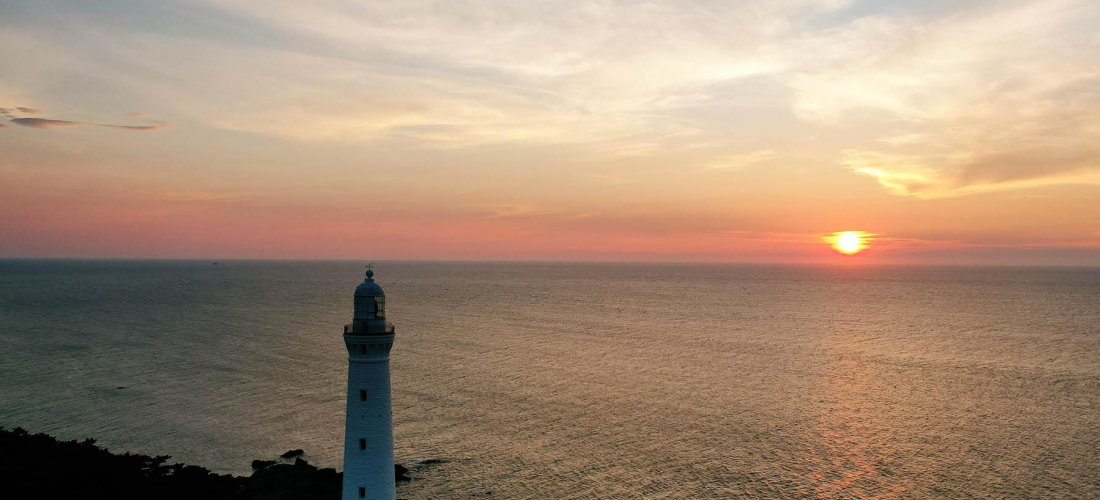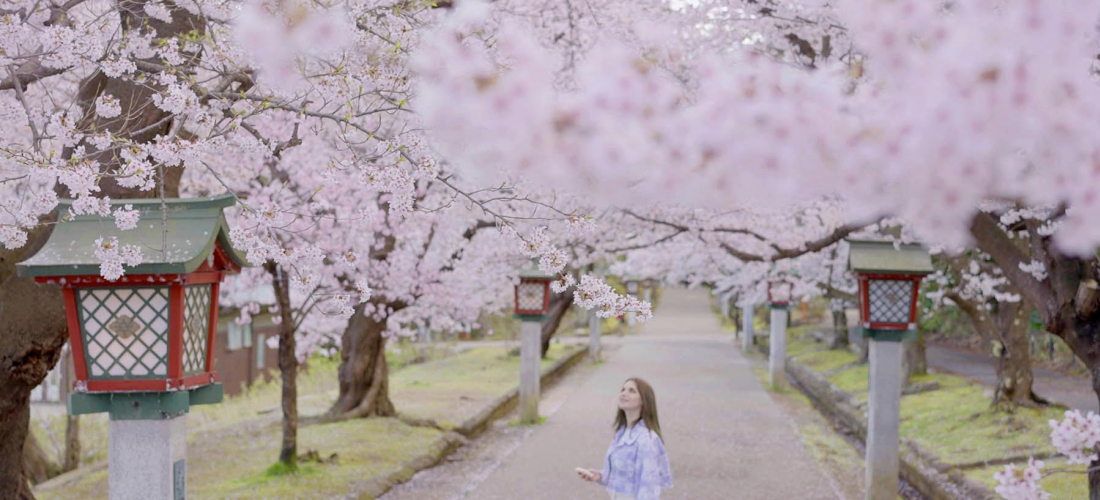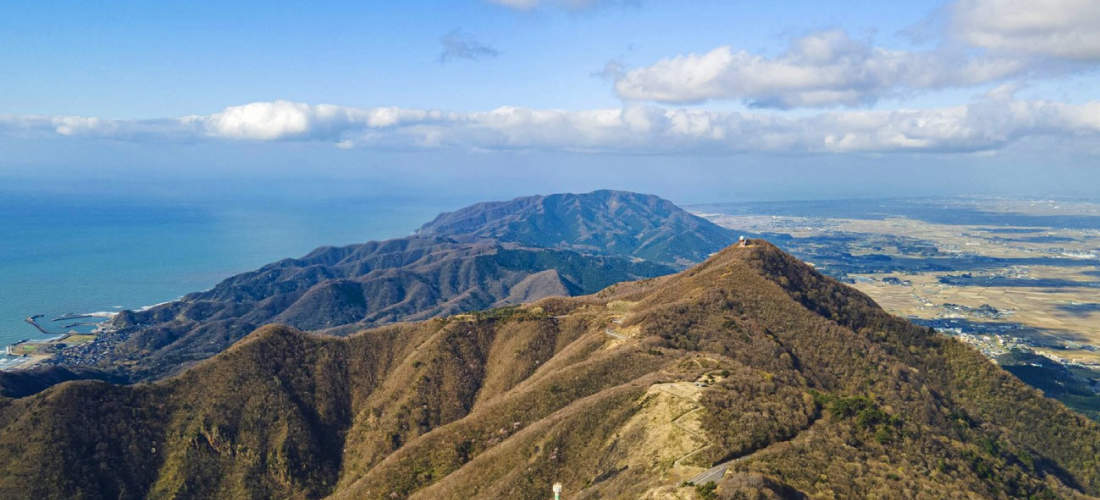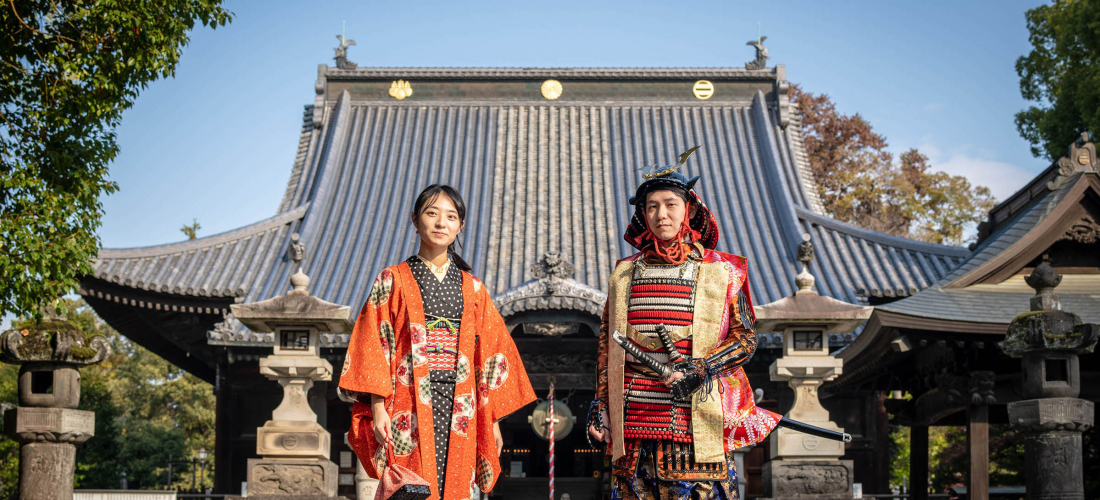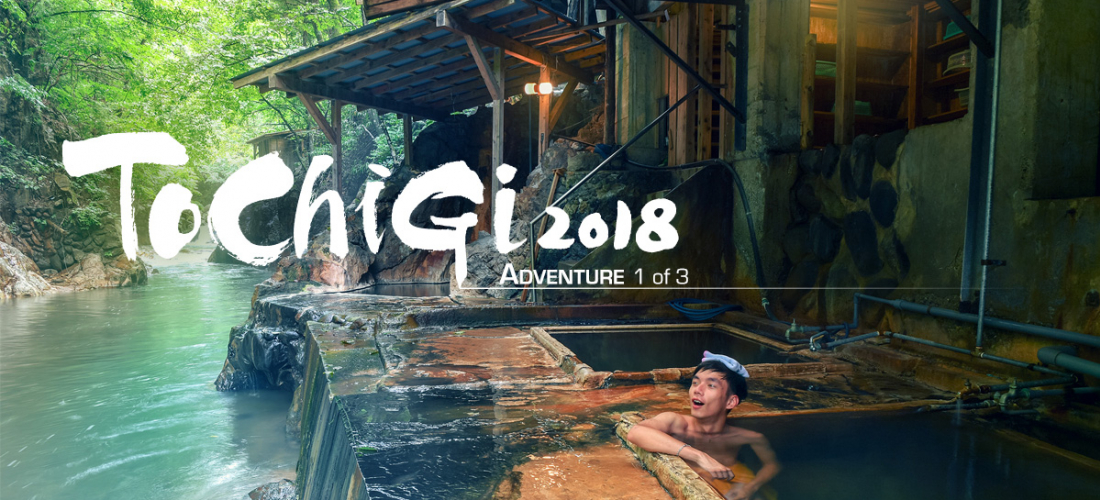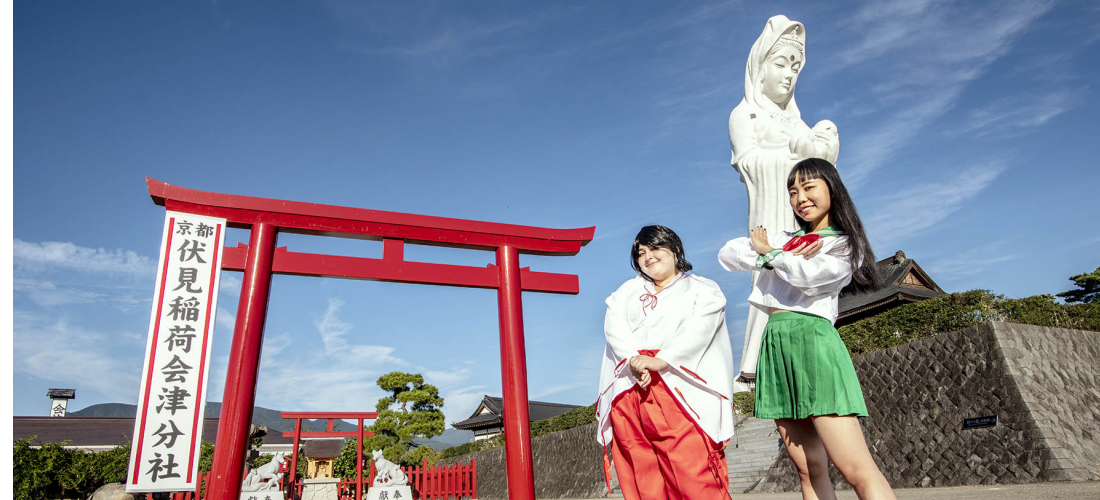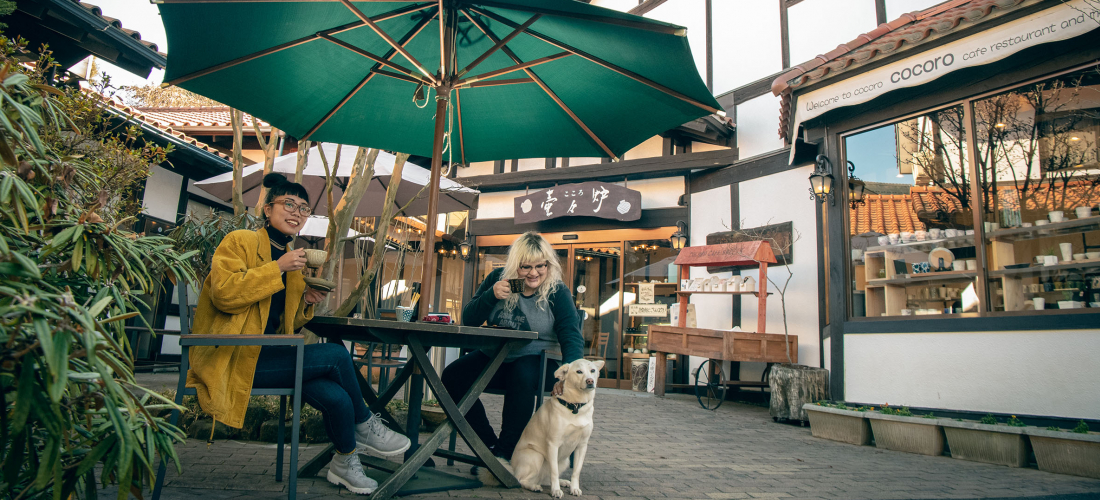
Nous vous avons récemment présenté la région du Sud de Tochigi et diverses expériences à faire seulement à Tochigi. De kimono en soie, à des caves à vin, en passant par le musée Bandai, un voyage à Tochigi est des plus suprenant. Continuant notre route, nous avons découvert encore de nombreuses choses telles que des sucreries japonaises faites-maison, des bracelets tissés d'une manière très particulière, et du sake dont la distillerie existe depuis plus de 145 ans.
栃木市
La ville est traversée par la rivière Uzuma (巴波川). Durant la période d'Edo, Tochigi était un port important particulièrement pour les transports. C'était également un lieu de passage pour les seigneurs de la région de l'Ouest qui désiraient se rendre à Nikko. Tochigi a ainsi prospéré suffisamment pour être ensuite appelée la "petite Edo". Beaucoup de maisons et de boutiques dans la rue Kura (蔵の街) de la période d'Edo et Meiji ont d'ailleurs été préservée aujourd'hui, permettant à la ville d'être classée en tant qu'une des plus belles villes du Japon.
Un logement de plus de 200 ans
En plein milieu de la rue Kura à Tochigi se trouve un hôtel traditionnel (Ryokan) qui existe depuis plus de 200 ans. Vous aurez l'impression de voyager dans le temps après avoir franchi les portes de l'hôtel et le sourir de sa tenante vous fera très rapidement vous sentir comme chez vous. Le type de chambres est très varié, certaines ont des toilettes et une salle de bain, d'autres seulement des toilettes et enfin certaines n'ont qu'un lavabo. Bien sûr des toilettes et salles de bain communes existent également dans l'enceinte, mais celles-ci sont mixtes du fait que ce sont surtout des familles qui viennent. Le petit-déjeuner est un copieux petit-déjeuner à la japonaise.
Le bâtiment rappelle bien sûr le style Edo.
Les chambres sont très traditionnelles avec leur tatami, futon et portes coulissantes.
Le petit-déjeuner est également tradtionnel, composé de différents plats de toutes les tailles.
✴Kanahan Ryokan (かな半旅館)
Google Maps
Official website
Se promener dans la vieille ville d'Edo
Vous y trouverez toutes sortes de bâtiments tout droit sorti de la période d'Edo. L'atsmosphère fait beaucoup penser à Kawagoe, mais plus qu'une rue avec pleins de vieux bâtiments, de nombreuses boutiques sont à votre disposition telles qu'un magasin de sucreries "wagashi" (和菓子). La rue est aussi le décor de très nombreux films et séries TV, tel que le long métrage Gin Tama (銀魂). La rue permet aux visiteurs de vivre la culture japonaise plus profondément qu'ailleurs.
Apprenez à confectionner des sucreries wagashi
En plein milieu de la rue se trouve la vieille boutique "Yamamoto Honten" (山本総本店) fondée durant l'année 25 de Meiji. Suivant la saison, les wagashi que confectionnés changent. Cela vous coûtera 1500 yens pour un cours de 50 mns. C'est une expérience vraiment unique que d'apprendre à faire ce type de sucrerie par un professionnel. Si vous êtes intéressé, pensez à prendre rendez-vous au moins deux jours en avance.
Ils vous montreront d'abord comment faire. Regarder la confection est déjà quelque chose de passionnant.
Le confectionneur a plusieurs dizaines d'années d'expérience, ce qui explique pourquoi il y arrive si facilement.
Le professeur vous assistera pendant que vous ferez le vôtre.
Et voici nos chefs d'oeuvre!
De l'autre côté du bâtiment, vous trouverez une boutique à l'intérieur de Yamamoto où vous pouvez acheter toutes sortes de souvenirs faits par des mains de maîtres.
Le même type de wagashi que nous avons créé est également à vendre. C'est plutôt drôle de les comparer aux nôtres.
✴Yamamoto Kashi (山本総本店 和菓子作り体験)
Google Maps
Official website
Ultra-tidal old money soup
Egalement le long de la rue de Kura se trouve un bâtiment peint d'énormes carpes sur la porte coulissante dont nous êtions sûrs qu'il n'était pas ouvert au public. Construit en 22 de l'ère Meiji (1889), ce bâtiment est une source thermale du nom de Tamagawa no Yu (玉川の湯), mais du à la peinture des carpes, les gens l'appellent aujourd'hui "Goldfish-yu". Après sa reconstruction en 1953, les bains n'ont pas changé depuis. Même l'eau des bains est toujours chauffée au feu de bois. Vous pouvez emprunter une serviette de bain et acheter du shampoing, de l'après-shampoing, du savon, une brosse à dents, un rasoir etc. il est donc possible de venir les mains vides. Le plus drôle reste la rampe de skateboard à l'étage! Pour 500 yens vous pouvez prendre un bain et utiliser la rampe. Sinon ce sera seulement 300 yens pour le bain.
On dirait simplement un vieux bâtiment en bois mais vous pouvez y accéder dedans.
Rien n'a changé depuis 1953, pourtant tout est en très bon état.
L'eau des bains est maintenue chaude par de vieux four à bois.
Mais comment une rampe de skateboard s'est retrouvée à l'étage d'un bain thermale reste un mystère pour nous..
✴Tamagawa no Yu (Goldfish-yu) (玉川の湯 (金魚湯))
Google Maps
10min walk from Tochigi Station
⏰11:00~23:00
Fermé: mercredi
Adultes 350 yens, enfants (6 à 12 ans) 150 yens, 6 ans et moins 80 yens.
Se promener en bâteau le long de la rivière Uzuma
La rivière Uzuma était autrefois toujours remplie de bâteaux du nom de "bekabune" (部賀舟) du fait d'être le centre de distribution de certains matériaux durant la période d'Edo. Les marchands étaient également très nombreux des deux côtés de la rivière. L'agence de promenade Kuranomachi propose des promenades divertissantes et éducatives tout le long du fleuve. En revenant, le pilote vous chantera même une chanson qui a pour thème Tochigi. L'eau est tellement claire que vous verrez de nombreuses carpes koi nager avec les canards. La balade coûte 700 yens pour les adultes et les chiens sont autorisés!
En plus de la balade, le conducteur vous proposera des explications sur l'histoire de la ville.
Il était très intéressant d'observer certains bâtiments câchés sur le chemin.
✴Kuranomachi Pleasure Boat Agency (蔵の街遊覧船)
Google Maps
⏰Mars à Nov: 10:00-16:00
Dec à Fev: 10:00-15:00
Fermé: Nouvel an et jours de mauvais temps
Adultes 700 yens, Enfants (jusqu'à 12 ans) 500 yens, moins d'un an gratuit
Chiens 100 yens
Official website
Un thé d'après-midi dans une maison construite durant l'ère Meiji
En nous promenant dans le nord de la rue Kura, nous sommes tombés sur un café spécialisé dans des pâtisseries faites-maison au goût vraiment unique. Le plus populaire était le rouleau Kitakura (350 yens) et des pancakes très épais (350 yens), une réduction de 100 yens est offert si vous prenez une boisson avec.
Le Kitakura cafe Higano sur la rue Kura est un superbe endroit pour faire une pause.
Le rez-de-chaussée.
Le premier étage.
Le rouleau Kitakura (350 yens) est très crêmeux mais pas excessivement sucré. "Kitakura" a été écrit sur le top.
Le pancake épais -350 yens) est servi chaud et frétillant.
✴Kitakura cafe Higano (北蔵カフェ ひがの)
Google Maps
⏰10:00~17:30
Fermé: mercredi
Official website
下野市
La région de Shimotsuke contient une histoire et une culture des plus riches. Durant la période d'Asuka et Heian (de 538 à 1185), la zone a joué un rôle central en tant que coeur culturel de l'Est du Japon, laissant de nombreux héritages tels que les Haniwa (埴輪) (des figurines en argiles laissées avec les morts) du Kofun Kabutozuka(甲塚古墳), ou encore le temple Shimotsuke Yakushi(下野薬師寺跡). La ville de Shimotsuke est la troisième ville la plus grande de la préfecture de Tochigi et un superbe endroit pour contempler les cerisiers en fleur.
Un café dans un parc plein de charme
Vous trouverez une vieille maison dans le parc de Tenpyo no Oka où vous pouvez vous reposer tout en contemplant la nature. Vous pouvez manger à l'extérieur ou dans la vieille maison, ou encore seulement commander de la nourriture pour plus tard! Le lieu est également très connu pour être un des meilleurs endroits pour contempler les cerisiers en fleur, alors si vous y allez en avril, n'hésitez pas à vous y rendre.
Le bâtiment de cet ancien café était à l'origine une ferme à la fin d'Edo, puis un musée pour des coutumes locales.
Vous ne pouvez pas acheter de nourriture ou de boisson ici. Il vous faut vous rendre dans le bâtiment à côté au niveau des tables de pique-nique.
Il n'y a pas de chaise dans la boutique, il vous faut donc acheter la nourriture puis vous rendre dans la vieille maison.
En plus de repas préparés, des amuse-gueules sont disponibles.
Pouvez avoir un menu avec boisson pour 1000 yens.
✴Ko Minka Cafe 10 picnic table (古民家カフェ 10 picnic table)
Google Maps
⏰11:00~17:30
Fermé: jeudi
Official website
Une forêt de conte de fées cachée
La ville de Shimotsuke n'est pas seulement un endroit avec de beaux arbres et sentiers, elle est aussi pleine de maisons et de jardins de style européen. Depuis l'ère Showa, la ville d'Ishibashi a été jumelée avec le village de Steinbrucken en Allemagne. Cette dernière étant la ville d'origine des frères Grimm, résultant à la création de la forêt des Grimm ici, où vous y trouverez des arbres, une fontaine avec une oie en or et autres choses qui vous rappelleront les contes de Grimm. Le bâtiment Grimm no Kan, un hall municipal est d'ailleurs basé sur le l'architecture de la mairie de Röttingen. Une exposition liée aux contes de Grimm se trouve dedans.
La façade est en briques et en tuiles, et l'éclairage a été fait en Allemagne.
Un manoir en chocolat, attention à qui s'y risque!
Beaucoup de choses dans cette "forêt" vous donnerons l'impression d'être dans un conte de fée.
La boutique de souvenir réserve également des surprises.
Un café se trouve au premier étage. Vous y trouverez de nombreux livres qui parlent de l'Allemagne et qui ont été offerts par les gens du coin.
✴Grimm Forest (グリムの森)
Google Maps
⏰9:00~19:00
Fermé: mardi, la fin du mois, nouvel an
Official website
小山市
De nombreuses rivières traversent la ville d'Oyama, qui est du coup très riche en eau, permettant el développement de l'agriculture, de l'industrie ou de l'immobilier. Le nord de la région, quant à lui, est connu pour être un célèbre lieu d'élevage de vers à soie depuis très longtemps. La soie produite ressemble à ce qu'on trouve à Ibaraki sous le nom de "Yuki Tsumugi". Cette technique ancestrale existe depuis 1602 et est considérée comme un héritage cultural national et se trouve dans la liste des patrimoines culturels immatériels de l'UNESCO.
La technique de yuki tsumugi produit un matériau léger et chaud à la fois solide et doux qu'on utilise nottamment pour les kimonos. Dans une des scènes du très célèbre film d'animation "Your Name" (君の名は), le personnage principal de Mitsuha et sa famille tissent des noeuds traditionnels sous la forme de tresse qu'on appelle "Kumihimo" (組み紐). Ces mêmes tresses peuvent être fabriquées ici, dans le sud d'Oyama. Vous pouvez choisir entre créer un bracelet ou un pendentif, ainsi que leur couleur, et finaliser votre travail avec l'aide du personnel.
Le propriétaire, Mr Watanabe, tient sa boutique depuis plus de 3 générations.
Presque terminé!
Et voilà!
Toutes sortes de motifs peuvent être créées suivant le nombre de fils que vous utilisez.
✴Mamada Himo (間々田ひも)
Google Maps
⏰10:00~19:00
Fermé: Lundi, ou mardi si le lundi est un jour férié
Official website
Le saké typique de Tochigi
Comme mentionné précédemment, Oyama est riche en haut, c'est donc tout à fait normal qu'il y ait également de bonnes distilleries. Par exemple, cette vieille distillerie à saké Nishibori Shuzo Sake (西堀酒造), établie durant l'ère Meiji. L'eau du coin offre un goût unique à l'alcool d'Oyama. Sa gamme appelée "Mongai Fushutsu" (門外不出) insiste sur l'utilisation de produit local mais est disponible partout dans le Japon. Vous pouvez visiter la distillerie pour seulement 300 yens où vous pourrez observer le procéder de fabrication et même goûter au saké fraîchement distillé. Il vous faut par contre prendre rendez-vous à l'avance!
Il vous faudra porter un filet dans les cheveux et sur les chaussures puis suivre les indications de votre guide avant d'accéder à la distillerie.
Les bocaux sont transparents afin d'observer minutieusement le travail de fermentation du saké.
Et à la fin de la visite, vous pourrez goûter du sake tout frais! Celui dont est le plus fier Mr. Miki, propriétaire depuis 6 générations, reste le saké de Mongai Fushutsu.
Vous trouverez également des liqueurs dans la gamme I My Me à la saveur Yuzu, fraise ou prune.
En plus des boissons, d'autres goodies sont en vente.
✴Nishibori Shuzo Sake (西堀酒造)
Google Maps
⏰8:00~17:00
Fermé: dimanche et jours fériés
Make reservations here (Japanese)
Official website
Et c'est après avoir dit au revoir à la vieille distillerie de saké (avec modération) que nous avons embarqué pour rentrer à Tokyo. C'est la fin de notre voyage de deux jours et d'une nuit dans le Sud de Tochigi. On espère que vous avez apprécié les lieux et que certains endroits ont piqué votre intérêt. A bientôt!
Pensez à lire JAPANKURU🐶 pour des articles excitants tous les jours!!
Ou ajoutez-nous sur Instagram et Facebook et partagez vos photos du Japon 💖🗾
COMMENT
FEATURED MEDIA
VIEW MORE
A Tokyo Winter Must-See: Tokyo Mega Illumination Event Period: November 2, 2024 ~ January 12, 2025 *Closed Nov 4~8, Dec 1~6, Dec 25~ Jan 1. End date may be subject to change. Hours: 16:30 – 21:00 (final admission 20:00) *Opening hours may vary depending on scheduled events or congestion, please check the official website for details. Directions: 2 min. walk from Tokyo Monorail Oikeibajo-Mae Station, 12 min. walk from Keikyu Tachiaigawa Station #japankuru #tokyowinter #tokyomegaillumination #megaillumination2024 #tokyocitykeiba #도쿄메가일루미네이션 #tokyotrip #oiracecourseillumination

Tokyo Shopping Spot Recommendation: New Balance Kichijoji #newbalance #newbalancekichijoji #newbalancejapan #japanesesneakerheads #shoppinginjapan #japantrip #도쿄여행 #도쿄쇼핑 #뉴발란스 #일본한정 #일본패션 #日本購物 #日本買衣服 #NB #日本時尚 #東京購物 #รองเท้าnewbalance #นิวบาลานซ์ #รองเท้าผ้าใบ #ช้อปปิ้ง #คิจิโจจิ #japankuru

See Kyoto Clearly With Your New Glasses #japankuru #kyoto #jins #교토여행 #진즈 #京都 #교토수족관 #가모가와 #kamogawa #kyotoaquarium

The First Japanese Converse Flagship: CONVERSE STORE HARAJUKU #japankkuru #conversejp_pr #conversejapan #harajuku #tokyotrip #converse #tokyoshopping #匡威 #帆布鞋 #東京購物 #原宿 #日本時尚 #일본쇼핑 #일본컨버스 #일본한정 #하라주쿠 #일본패션 #일본스트릿 #รองเท้าconverse #รองเท้าผ้าใบ #ช้อปปิ้ง #ฮาราจูกุ #คอนเวิร์ส

Japanese Makeup Shopping • A Trip to Kamakura & Enoshima With Canmake’s Cool-Toned Summer Makeup #pr #canmake #enoshima #enoden #에노시마 #캔메이크 #japanesemakeup #japanesecosmetics

⚔️The Robot Restaurant is gone, but the Samurai Restaurant is here to take its place. Check it out, and don't forget your coupon! 🍣신주쿠의 명소 로봇 레스토랑이 사무라이 레스토랑으로 부활! 절찬 쿠폰 발급중 💃18歲以上才能入場的歌舞秀,和你想的不一樣!拿好優惠券去看看~ #tokyo #shinjuku #samurairestaurant #robotrestaurant #tokyotrip #도쿄여행 #신주쿠 #사무라이레스토랑 #이색체험 #할인이벤트 #歌舞伎町 #東京景點 #武士餐廳 #日本表演 #日本文化體驗 #japankuru #japantrip #japantravel #japanlovers #japan_of_insta

Japanese appliance & electronics shopping with our KOJIMA x BicCamera coupon! 用JAPANKURU的KOJIMA x BicCamera優惠券買這些正好❤️ 코지마 x 빅 카메라 쿠폰으로 일본 가전 제품 쇼핑하기 #pr #japankuru #japanshopping #kojima #biccamera #japaneseskincare #yaman #dji #osmopocket3 #skincaredevice #日本購物 #美容儀 #相機 #雅萌 #日本家電 #일본여행 #면세 #여행꿀팁 #일본쇼핑리스트 #쿠폰 #일본쇼핑 #일본브랜드 #할인 #코지마 #빅카메라 #japankurucoupon

Odaiba's DiverCity Tokyo Plaza is home to the famous real-size 20m-tall Unicorn Gundam, and the popular shopping center has even more Gundam on the inside! Check out the Gundam Base Tokyo on the 7th floor for shelves upon shelves of Gunpla, and the Gundam Base Tokyo Annex on the 2nd floor for cool anime merchandise. Both shops have tons of limited-edition items! #pr #odaiba #tokyo #tokyotrip #japantrip #japantravel #PR #divercity #divercitytokyoplaza #tokyoshopping #gundam #unicorngundam #gundambasetokyo #anime #otaku #gunpla #japankuru #오다이바 #다이바시티도쿄 #오다이바건담 #건담 #일본건담 #건프라 #건담베이스도쿄



